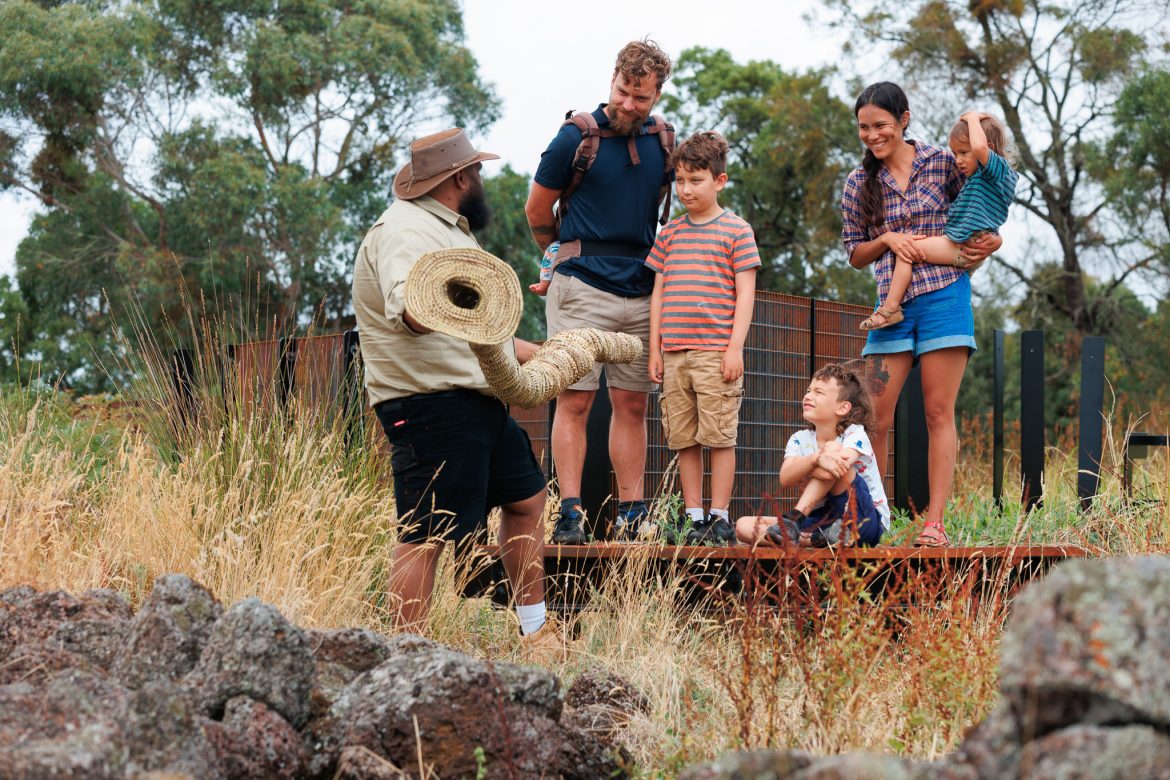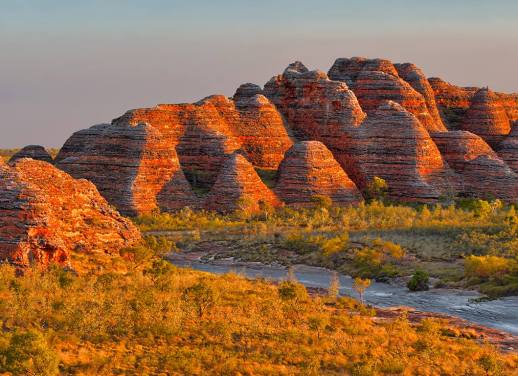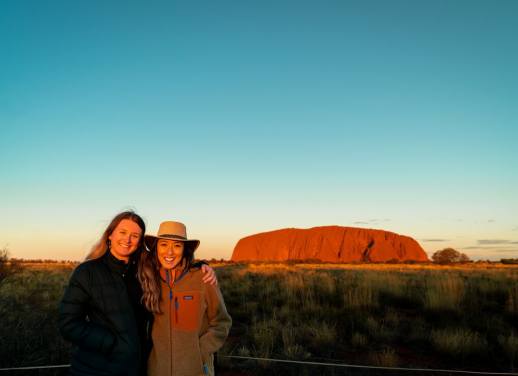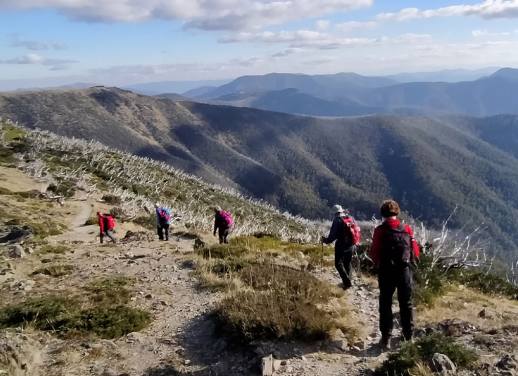Budj Bim Cultural Landscape in Western Victoria is one of Australia’s most important heritage landscapes. Travel writer Kerry van der Jagt discovers the significance of this incredible site.
This blog was brought to you in partnership with Welcome to Country, a not-for-profit marketplace for Australian Indigenous experiences.
Long before the Egyptians diverted the Nile or the Romans constructed aqueducts, the Gunditjmara people of south-western Victoria created a sophisticated hydrological engineering system designed to trap, store and harvest kooyang (short-finned eel).
Dating back 6600 years, the elaborate series of modified water channels, weirs and ponds is considered one of the world’s oldest and most extensive aquaculture systems.
“Farming eels and trading the excess with other nations enabled my people to develop a large, settled community,” says Braydon Saunders, a local guide and Gunditjmara man who has been instrumental in the push to open Budj Bim to visitors. “Our eel and fish traps have re-written the history books, proving that our mob were more than just hunter-gatherers leading a nomadic lifestyle.”
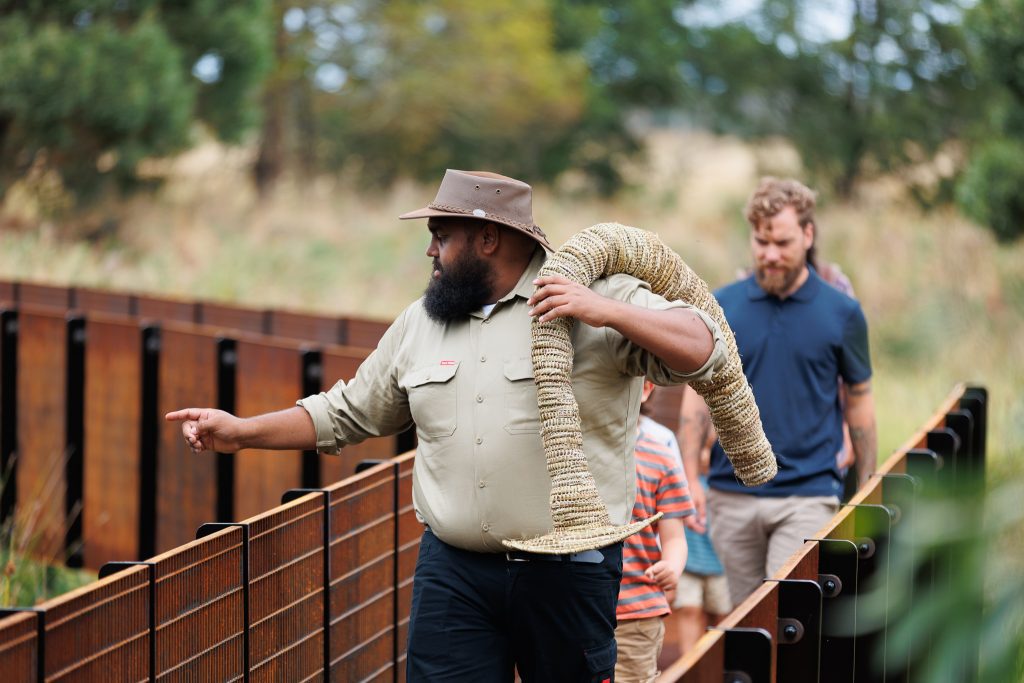
Today the stones are silent, but it takes little imagination to conjure a scene of men working the eel traps, adjusting stonework in line with the seasonal floods, while women wove elaborate fish nets and baskets.
In recognition of the highly productive system, which provided an economic and social base for Gunditjmara society for six millennia, the Budj Bim Cultural Landscape was inscribed as a World Heritage site in 2019, the first Australian landscape to be included purely for its Indigenous cultural values.
Since inscription, a lot of work by the Gunditjmara community has gone into developing the First Nations owned-and-operated Budj Bim Cultural Landscape Tourism experience. Opened in July 2022, visitors can join a variety of tours led by Gunditjmara guides taking in the eel traps and channels, remains of circular stone dwellings and smoking trees, where the eels were prepared for consumption or trade.
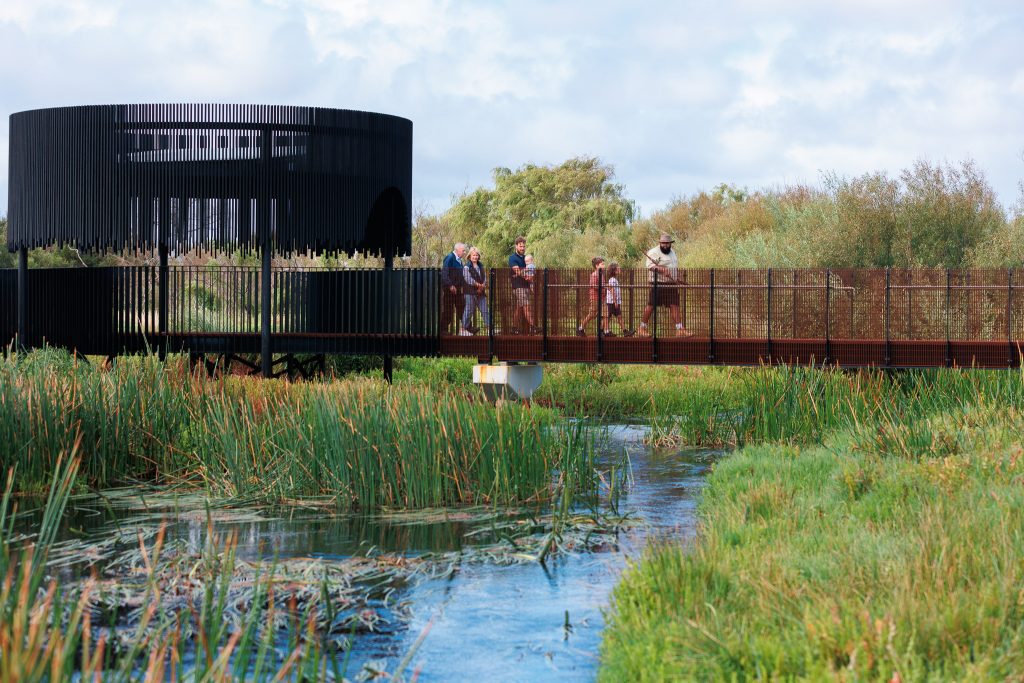
The new cultural tourism experience is located in and around Budj Bim National Park and Tae Rak (Lake Condah), beyond Victoria’s picturesque Great Ocean Road. “The infrastructure and raised boardwalks allow guests to get out amongst the fish trap systems, to stand over the top of them,” says Saunders. The site also includes the Tae Rak Aquaculture Centre, bush tucker café, retail space and display tank.
Visitors on a tight timeframe can enjoy a two-hour guided cultural walk of the Tae Rak aquaculture sites and wetlands, while those with a bit more time can take the half-day Tungatt Mirring (stone country) tour. The full-day Kooyang Yana tour includes the Kurtonitj Indigenous Protected Area, Lake Gorrie drystone walls and a guided walk of the Tae Rak wetlands.
“Or you can just come and have a coffee or a cake, or a barramundi or smoked eel platter for lunch. Our chefs do a great job of creating a story with the food,” Saunders says. The Tae Rak Aquaculture Centre is open Wednesday to Sunday for tours and meals.
Whichever tour you choose, this new tourism venture will take everything you thought you knew about Indigenous culture and blow it out of the (eel-filled) water.
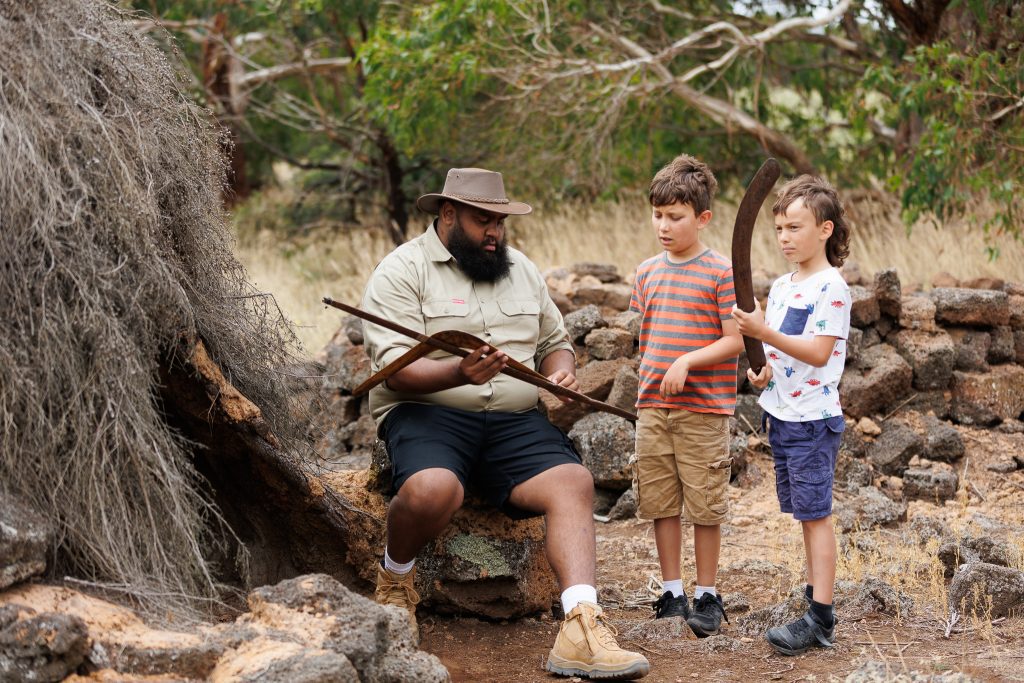
“Each time you come out you will learn a bit more, build on your experiences. Every visit will be different, as different things happen during different seasons. The menu at the café will also change, depending on what is seasonal,” he explains.
Gunditjmara country is a hauntingly beautiful place, created by fire and brimstone some 37,000 years ago when the volcano Budj Bim (meaning ‘high head’) erupted, resulting in lava flows and the formation of lakes and waterways.
“Budj Bim had seen our people struggling to live a sustainable life. They had been living too much for themselves, and not enough for one another” says Saunders. “So he revealed himself and transformed the landscape by spewing blood (lava) and teeth (stones), forcing them to change their ways. It’s a story as old as time, about looking out for each other and caring for one another.”
The trapping system was as innovative as it was simple, using the natural springs and lakes created by the eruption to direct the eels into holding ponds. “It was then up to my people to create channels through the basalt, through which the eels could follow. It was designed so that they could come in, but not come out.”
“If you were to ask how we would do that, it’s a very complicated process. Basically we used fire, because this stone is very porous, and the fire would collapse the stone. So our mob used fire to create channels.”
Remains of eel traps can be seen in other locations across Australia and all over the world, but the unique characteristic of Budj Bim is that they were carved and crafted into the landscape, meaning the traps and ponds could be used and re-used for thousands of years.
“It was about not making a massive change to the landscape,” says Saunders. “But about making a change small enough that it worked in our favour but did not have a negative impact on the environment.”
Taking care of Country and sharing stories with others lies at the heart of the Budj Bim Cultural Landscape Tourism. “My country and my home – I’m getting emotional thinking about it now – means everything to me,” says Saunders. “It’s been a real whirlwind over the last six weeks leading up to the opening, but the overpowering emotion is one of complete pride in what we’ve been able to achieve, whether 6600 years ago, or three years ago with World Heritage listing. A lot of pride.”
Keen to visit Budj Bim? Check out our Great Ocean Road & Grampians Adventure or visit Welcome to Country to learn more.
The writer is a descendant of the Awabakal people of the mid-north coast of New South Wales.

